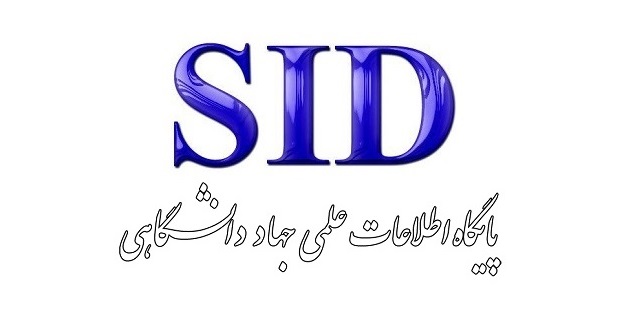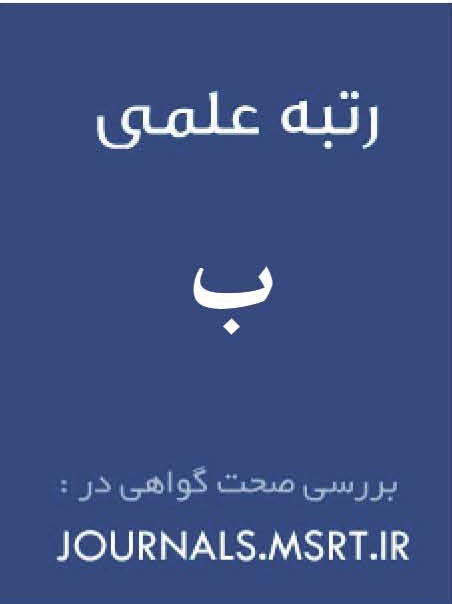An Analysis of the Factors Influencing Currency Depreciation in Iran
Keywords:
Currency devaluation, causality test, error correction model, cointegration testAbstract
This study aims to examine the determinants of currency depreciation in Iran over the period 1979–2018. This research utilizes time-series data and the Johansen–Juselius cointegration method. The model includes key macroeconomic variables such as exchange rate, liquidity, budget deficit, investment, oil revenues, and balance of payments deficit. After testing the stationarity of the variables, the Toda–Yamamoto causality test and an error correction model (ECM) were used to analyze both long-term and short-term relationships. The findings reveal that liquidity, budget deficit, and balance of payments deficit have a positive and significant effect on the exchange rate (indicating depreciation of the national currency). Conversely, investment and oil revenues exhibit a negative and significant impact, implying their role in strengthening the national currency. The adjustment coefficient in the ECM is –0.80, indicating that 80% of deviations from the long-run equilibrium are corrected within one period. The Toda–Yamamoto causality results confirmed causal relationships from all independent variables to the exchange rate at a 95% confidence level. The study concludes that currency depreciation in Iran is primarily driven by internal macroeconomic imbalances, particularly the expansion of liquidity, persistent budget deficits, and reduced investment. On the other hand, increased oil revenues play a compensatory role in stabilizing the national currency. Therefore, coordinated economic policies targeting fiscal discipline, investment promotion, and monetary control are essential for maintaining currency stability.
Downloads
References
Akbarian, R., & Ali, G. (2011). Investment in economic infrastructure and its impact on economic growth. Economic Growth and Development Research, 1(3).
Allington, N. F., Kattuman, P. A., Waldmann, F. A., Allington, N. F., Kattuman, P., & Waldmann, F. A. (2005). One Market, One Money, One Price?-IJCB-December 2005. Third issue (December 2005) of the International Journal of Central Banking One market, one money, one price? Price dispersion in the European Union. International Journal of Central Banking. https://doi.org/10.2139/ssrn.633581
Brown, C., & Abraham, F. (2012). Sum of Perpetuities Method for Valuing Stock Prices. Journal of Economics (0361-6576), 38(1).
Campa, J. M., & Goldberg, L. S. (2005). Exchange rate pass-through into import prices. Review of Economics and Statistics, 87(4), 679-690. https://doi.org/10.1162/003465305775098189
Chen, N., & Juvenal, L. (2016). Quality, trade, and exchange rate pass-through. Journal of International Economics, 100, 61-80. https://doi.org/10.1016/j.jinteco.2016.02.003
Davoudi, P., & Sezavar, M. R. (2022). Investigating the Increase in Exchange Rate and Its Impact on Some Macroeconomic Variables of Iran under Sanctions. Economic Researches (Growth and Sustainable Development), 22(4), 99-117.
Eichengreen, B. (2010). Imbalances in the euro area.
Engler, P., Ganelli, M. G., Tervala, J., & Voigts, S. P. (2014). Fiscal devaluation in a monetary union.
Frankel, J., Parsley, D., & Wei, S. J. (2012). Slow pass-through around the world: a new import for developing countries? Open Economies Review, 23, 213-251. https://doi.org/10.1007/s11079-011-9210-8
Golshan, M. H., Mazini, A. H., & Najjarzadeh, R. (2022). The Impact of Exchange Rate Shocks on the Performance of Active Energy Companies in Tehran Stock Exchange: Case Study of Petrochemical and Oil Products Industries. Strategic Research in Budget and Finance, 1(3), 11-43.
Langot, F., Patureau, L., & Sopraseuth, T. (2012). Optimal fiscal devaluation.
McCarthy, J. (2007). Pass-through of exchange rates and import prices to domestic inflation in some industrialized economies. Eastern Economic Journal, 33(4), 511-537. https://doi.org/10.1057/eej.2007.38
Mousavi Jahromi, Y., & Ayat, Z. (2008). Examining the Effect of Government Budget Deficit on Private Sector Consumption and Investment in IranJO - Economic Research. 8(3).
Petroulakis, F. (2017). Internal devaluation in currency unions: the role of trade costs and taxes. https://doi.org/10.2139/ssrn.2968786
Rahmani, T., & Esfahani, P. (2016). Economic Research and Policies Journal. 24(78), 207-208.
Roshani, H. M. (2016). The Effect of Oil Revenues on Iran’s Liquidity: Emphasizing the Role of the Foreign Exchange Reserve Fund. Economic Growth and Development Research, 6(23).
Shakery, A. (2018). Macroeconomic Theory and Policies. Ney Publishing.
Tabianian, H. (2022). Investigating the Impact of Macroeconomic Variables Including: Exchange Rate, Interest Rate and Inflation Rate on Changes in Retained Earnings of Companies Listed in Tehran Stock Exchange Organization.
Tejesh, H. R. (2024). Impact of Inflation and Exchange Rate on Stock Market Returns in India: An ARDL Approach. Theoretical & Applied Economics, 31(2), 25-36. https://doi.org/10.2139/ssrn.4889476
Downloads
Published
Submitted
Revised
Accepted
Issue
Section
License
Copyright (c) 1404 خالد مروانی فرد (نویسنده مسئول)

This work is licensed under a Creative Commons Attribution-NonCommercial 4.0 International License.









